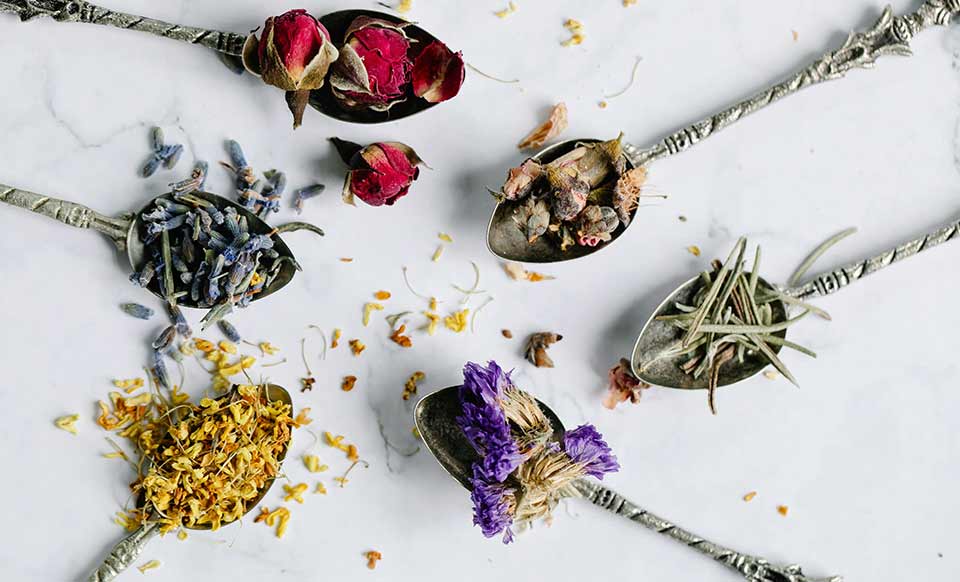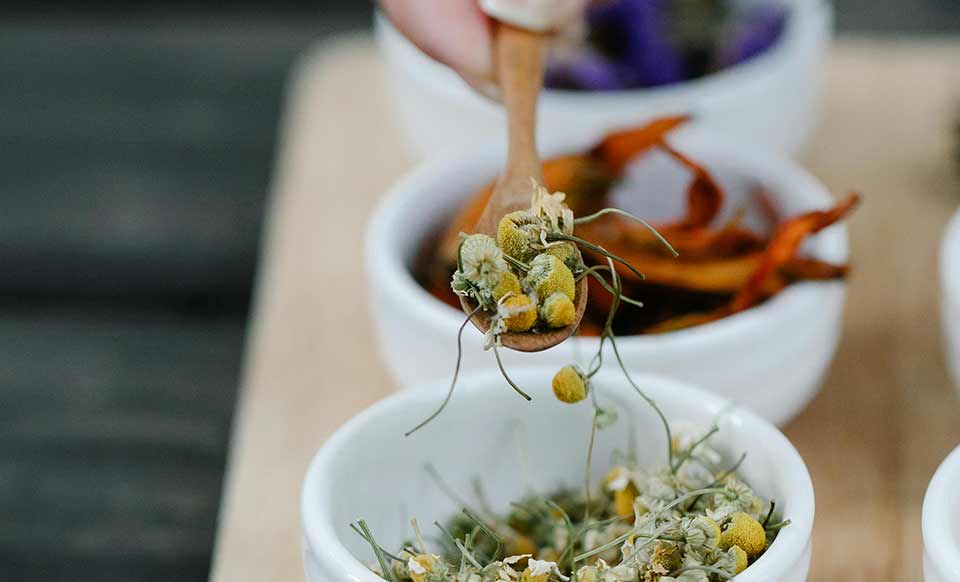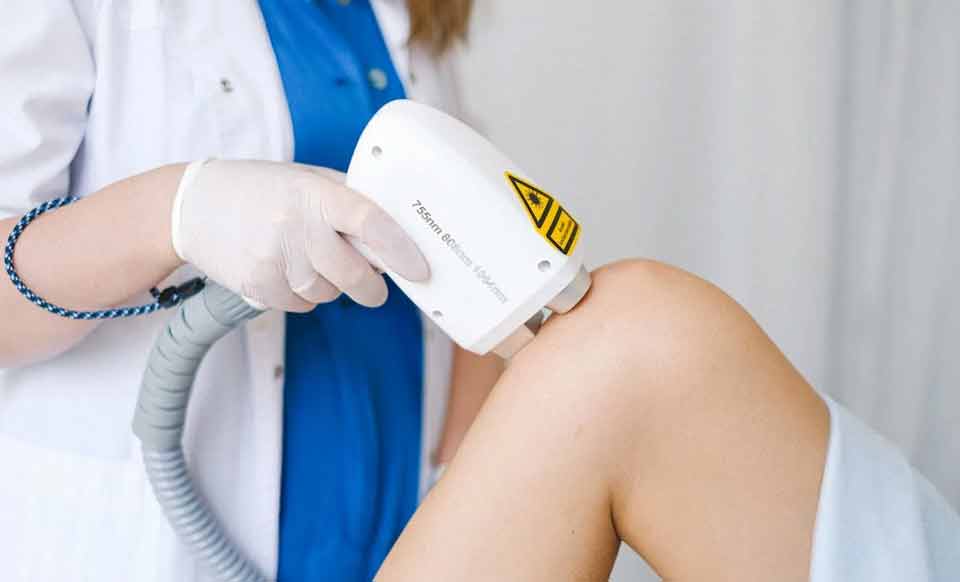
Acupressure Therapy: Unlocking the Body’s Natural Healing Energy
January 16, 2025
Low-Intensity Laser Therapy (Photobiomodulation)
March 8, 2025Cupping therapy is a time-honored healing practice that has been used across various cultures for thousands of years. Rooted in Traditional Chinese Medicine (TCM) and Middle Eastern traditions, cupping therapy involves placing specially designed cups on the skin to create suction, stimulating the flow of blood, lymph, and energy—often referred to as “qi” or “chi” in Eastern philosophy.
Although the exact origin of cupping is debated, its early use has been documented in the medical texts of ancient Egypt, China, and Greece. The famous Egyptian medical text Ebers Papyrus (circa 1550 BC) describes cupping as a method to remove disease-causing substances from the body. Over time, the practice has evolved and been embraced by multiple civilizations, including Islamic, Indian, and European traditions, each adding unique techniques and philosophical underpinnings to the therapy.
Historical Evolution and Cultural Influence
Cupping therapy has been known by various names across cultures, such as “Hijama” in Islamic medicine, where it is considered both a healing practice and a form of spiritual and physical purification. In TCM, cupping is used to move stagnant energy, stimulate acupuncture points, and treat conditions associated with the flow of qi and blood.
Though the practice experienced a decline in popularity during the 17th and 18th centuries—when modern Western medicine began favoring pharmaceuticals and surgical intervention—it has seen a strong resurgence in recent decades. Today, cupping is practiced worldwide, both as a complementary and alternative therapy, and in conjunction with modern medical treatments.
How Cupping Therapy Works
Cupping involves placing cups made of glass, bamboo, silicone, or plastic on specific areas of the body—often the back, shoulders, or limbs. The practitioner creates suction inside the cup using either heat (fire cupping) or a mechanical pump, drawing the skin and superficial muscle layers into the cup.
This suction effect is believed to:
- Increase local blood circulation
- Loosen tight muscles and fascia
- Stimulate lymphatic drainage
- Encourage detoxification
- Enhance the flow of chi or energy
Depending on the goal of treatment, cups may remain stationary or be moved gently across the skin in what is known as “massage cupping.” A typical session may last between 5 to 20 minutes.
Types of Cupping Therapy
There are two main types of cupping:
- Dry Cupping: This is the most common form. Cups are placed on the skin without any incisions. It is used primarily for muscle tension, energy balancing, and circulation enhancement.
- Wet Cupping (Hijama): This involves making tiny punctures on the skin before applying the cups, allowing for a small amount of blood to be drawn out. Wet cupping is believed to remove “stagnant” or “toxic” blood, promote detoxification, and treat a range of systemic conditions.
Wet cupping is more invasive and is usually performed under sterile conditions by trained professionals.
What Conditions Can Cupping Help With?
Modern research and centuries of anecdotal evidence suggest that cupping therapy can provide relief from a wide range of physical and emotional conditions, including:
- Chronic back and neck pain
- Muscle stiffness and joint inflammation
- Headaches and migraines
- Asthma and bronchitis
- Fatigue and stress
- Digestive disorders
- High blood pressure
- Menstrual cramps and hormonal imbalance
It is also increasingly used in sports medicine to enhance recovery, reduce soreness, and improve performance. Athletes like swimmers and runners have popularized cupping after being seen with its signature round marks on their backs and shoulders.
Scientific and Medical Perspectives
While cupping is still considered a complementary therapy in the West, an increasing number of studies have begun to validate its physiological effects. Research suggests that cupping may promote anti-inflammatory responses, release endorphins, and stimulate immune function.
A review published in PLOS ONE concluded that cupping might be beneficial for conditions such as herpes zoster, acne, facial paralysis, and cervical spondylosis, although more large-scale, controlled studies are needed to confirm its efficacy and understand its mechanisms more fully.
A Complementary Path to Wellness
Cupping is generally safe when performed by a qualified practitioner. Side effects are usually mild and may include temporary bruising, skin irritation, or mild soreness—typically a result of the suction effect and not harmful.
Many clients report feeling relaxed, invigorated, and more balanced after treatment. Whether used as a stand-alone therapy or integrated into a holistic wellness plan, cupping continues to offer a powerful, natural approach to health maintenance and healing.




